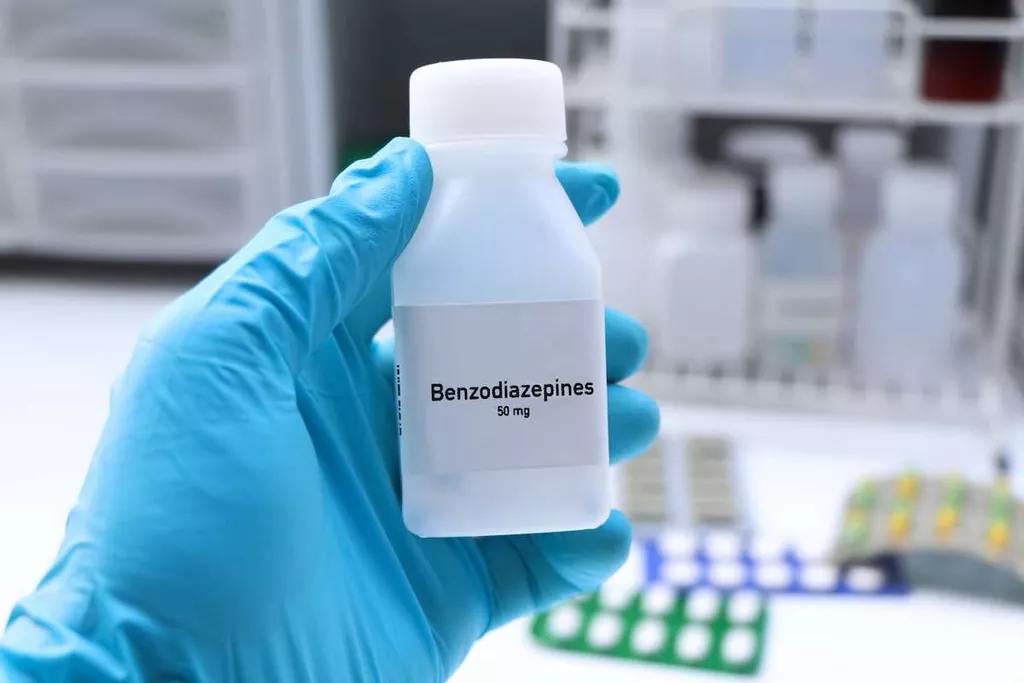

The hallmark of AKA is ketoacidosis without marked hyperglycemia; the serum glucose level may be low, normal, or slightly elevated. 4 This finding can help to distinguish AKA from diabetic ketoacidosis (DKA). In some instances, doctors may also assess for lactic acidosis, a condition characterized by an excessive buildup of lactic acid in the bloodstream. Treatment approaches will depend on the specific diagnosis derived from these investigations, allowing healthcare providers to deliver tailored care. Alcoholic ketoacidosis is also commonly accompanied by the symptoms of dehydration, which include feeling thirsty, weak, dizzy, and lightheaded. If you were to ignore your symptoms, though, you could end up with a life-threatening condition like a heart attack or seizure, or a differential diagnosis.


PTSD Awareness Day: Understanding Symptoms and Support


Additionally, they may check for the presence of fruity breath odor, which is a characteristic symptom of AKA. For over 50 years, we’ve been administering evidence-based treatments with a compassionate approach to help patients find lasting freedom from addiction. We’ll be with you for life, with various inpatient and outpatient services, including an alumni support network. To learn how you can start a journey toward recovery, contact us at Gateway Foundation today. The alcoholic ketoacidosis smell is like acetone or nail polish remover, noticeable when someone exhales ketone molecules.
- Although well described in international emergency medicine literature, UK emergency physicians rarely make the diagnosis of AKA.
- The condition is an acute form of metabolic acidosis, a condition in which there is too much acid in body fluids.
- The patient’s recent nutritional intake, particularly a history of poor oral intake or fasting, is also considered, as AKA often occurs after a period of relative starvation.
- The prevalence of AKA in a given community correlates with the incidence and distribution of alcohol abuse in that community.
Clinical findings


If the alcohol ketoacidosis vomiting and starvation go on for a day or more, the liver’s normal stores of sugar (glucose) decrease. The low glucose stores combined with lack of food intake cause low blood glucose levels. Without insulin, most cells cannot get energy from the glucose that is in the blood. Cells still need energy to survive, so they switch to a back-up mechanism to obtain energy. Ketones provide some energy to cells but also make the blood too acidic (ketoacidosis).
- We’ll be with you for life, with various inpatient and outpatient services, including an alumni support network.
- Starvation ketoacidosis occurs after the body is deprived of glucose as the primary source of energy for a prolonged time, and fatty acids replace glucose as the major metabolic fuel.
- But it can happen after an episode of binge drinking in people who do not chronically abuse alcohol.
- There may be concomitant features of dehydration or early acute alcohol withdrawal.
- Alcoholic ketoacidosis is also commonly accompanied by the symptoms of dehydration, which include feeling thirsty, weak, dizzy, and lightheaded.
Clinical Features
Further, the nurse should teach the patient how to monitor home blood glucose and the importance of careful monitoring of blood sugars during infection, stress, or trauma. The physical therapist should be involved in educating the patient on exercise and the importance of maintaining healthy body weight. The FDA Adverse Event Reporting System database identified 20 cases of DKA in patients treated with SGLT2 inhibitors from March 2013 to June 2014.
- If you or someone else has symptoms of alcoholic ketoacidosis, seek emergency medical help.
- Patience, perseverance, and a commitment to ongoing medical care and lifestyle changes are key to achieving a successful recovery from AKA.
- Hyponatremia can cause neurological symptoms such as confusion, seizures, and even coma.
- Further, the nurse should teach the patient how to monitor home blood glucose and the importance of careful monitoring of blood sugars during infection, stress, or trauma.
- This results in a decrease in circulating lactic acid and an increase in acetoacetate.
- You may get vitamin supplements to treat malnutrition caused by excessive alcohol use.
- Conversely, when ketoacidosis is identified, but its origin is unrelated to alcohol, medical professionals may explore other diagnostic possibilities.
Fever was seen in only two patients, both with other likely underlying causes. Join 40,000+ People Who Receive Our Newsletter Get valuable resources on addiction, recovery, wellness, and our treatments delivered directly to your inbox. Contact The Recovery Village Palmer Lake if you have questions about treatment or if you’re ready to get on the path to recovery and end your addiction to alcohol. Correct diagnosis is essential for effective treatment of AKA, and these laboratory tests provide the necessary data to confirm the presence of the condition. Lactic acid levels are often elevated because of hypoperfusion and the altered balance of reduction and oxidation reactions in the liver. Support groups can be a valuable source of support and can be Oxford House combined with medication and therapy.
Additionally, it has been found that episodes of AKA are often triggered by a lack of oral nutrition over a period ranging from one to three days, particularly in individuals with a history of alcohol use disorder (AUD). Alcoholic ketoacidosis is usually triggered by an episode of heavy drinking. If you can’t eat for a day or more, your liver will use up its stored-up glucose, which is a type of sugar. When your liver uses up its stored glucose and you aren’t eating anything to provide more, your blood sugar levels will drop.
Signs and symptoms of alcoholic ketoacidosis
The role of lactate, as well as the potential development of alkalosis or acid-base disturbances, is significant in understanding this condition. This condition is characterized by the presence of high levels of ketones in the blood, which are acidic by-products of fat metabolism. In patients suspected of having alcoholic ketoacidosis, serum electrolytes (including magnesium), blood urea nitrogen (BUN) and creatinine, glucose, ketones, amylase, lipase, and plasma osmolality should be measured. Patients who appear significantly ill and those with positive ketones should have arterial blood gas and serum lactate measurements. If you have symptoms of alcoholic ketoacidosis, your doctor will perform a physical examination. If your doctor suspects that you’ve developed this condition, they may order additional tests to rule out other possible conditions.




Overall, electrolyte replacement is a vital aspect of treating patients with alcoholic ketoacidosis. Restoring and maintaining proper electrolyte balance is essential for the recovery and well-being of these individuals. Close monitoring, appropriate laboratory testing, and timely administration of intravenous electrolyte supplementation are key components of the treatment plan. The administration of intravenous fluids in AKA aims to correct dehydration, restore electrolyte balance, and improve acid-base status. These fluids help to rehydrate the body, dilute the ketones in the blood, and promote the excretion of ketones through the kidneys.
When someone does not have enough glucose or stored glycogen, the body shifts to burning fat and produces more ketones than usual. Over time, ketones can build up in the bloodstream and make it acidic, creating a significant risk for complications and, in severe cases, organ failure. At our treatment centers, we offer the medical attention you need, combined with the caring, confidential services you deserve. Our team is skilled at helping individuals overcome the negative effects of alcohol abuse and get on the road to lasting recovery. Upon discharge from the hospital, your doctor may recommend connecting you with resources and support to aid in your recovery from alcohol use disorder.
